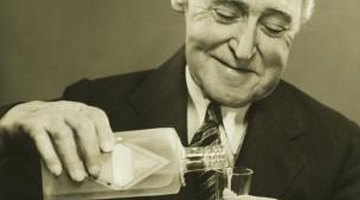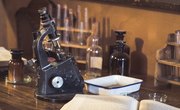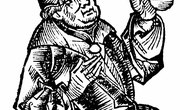The 1930s were a difficult time for American medicine. Few people could afford medical care in the Great Depression, and a rift grew between homeopathic and scientific medicine after a report on medical schools commissioned by the Carnegie Foundation for the Advancement of Teaching, The American Medical Association shut down most schools that taught homeopathy, which stresses herbal remedies and holistic treatment. Most of the scientific medical schools that flourished under stricter guidelines were run by prestigious universities.
Specialized Medicine
The University of Virginia at Charlottesville led the way in specialization, setting up a clinic to treat tumors in 1934 and building a neuropsychiatric addition to its medical school in 1939. By the mid-1930s, specialty boards were established at Harvard, and fewer medical residents chose to become general practitioners. By specializing, they commanded more money and prestige.
Opportunities for Women and People of Color
The 50-person Class of 1935 at Stanford School of Medicine included five women, more than twice as many as any other U.S. medical school. Stanford previously admitted women, although they were not permitted to take urology because that professor would teach only men. Early on, female interns at Stanford were relegated to working in the syphilis clinic, where they used harsh chemicals instead of the penicillin treatments developed in the 1940s. More and more female pioneers in medicine, as well as the first African-American doctors, trained in Cleveland at Case Western Reserve University in the 1930s.
Internships and Residencies
Training for general practitioners changed drastically at Harvard between 1910 and the 1930s. Internships of at least a year became a requirement in the 1920s, and most medical schools followed Harvard's example. Interns focused on clinical competency in preparation for residencies. By 1942, one-year internships leading to three-year residencies were standard at most medical schools.
Research-Based Medical Schools
Johns Hopkins University's Baltimore campus was the country's top medical school by the 1930s, partly because it had one of the world's largest applied physics laboratories. The No. 2 school, Case Western Reserve University in Cleveland, also had biomedical laboratories which took its research well beyond that of any other medical training facility. By the 1950s, its integrated curriculum had become the first interdisciplinary medical training in the country. Thanks to biomedical research, vaccines were developed to prevent the worst disease of the 1930s, polio.
Related Articles
References
Writer Bio
Betty Jean Steinshouer started writing professionally in 1980 with a weekly column in her hometown newspaper. She is published in literary textbooks and has penned articles and book reviews for magazines and newspapers. Certified in Teaching English as a Foreign Language, she has degrees in speech communication and English literature.











